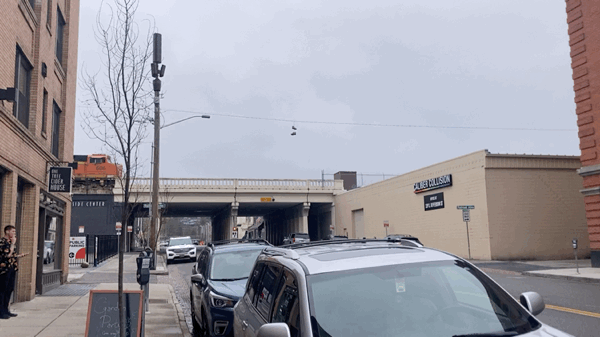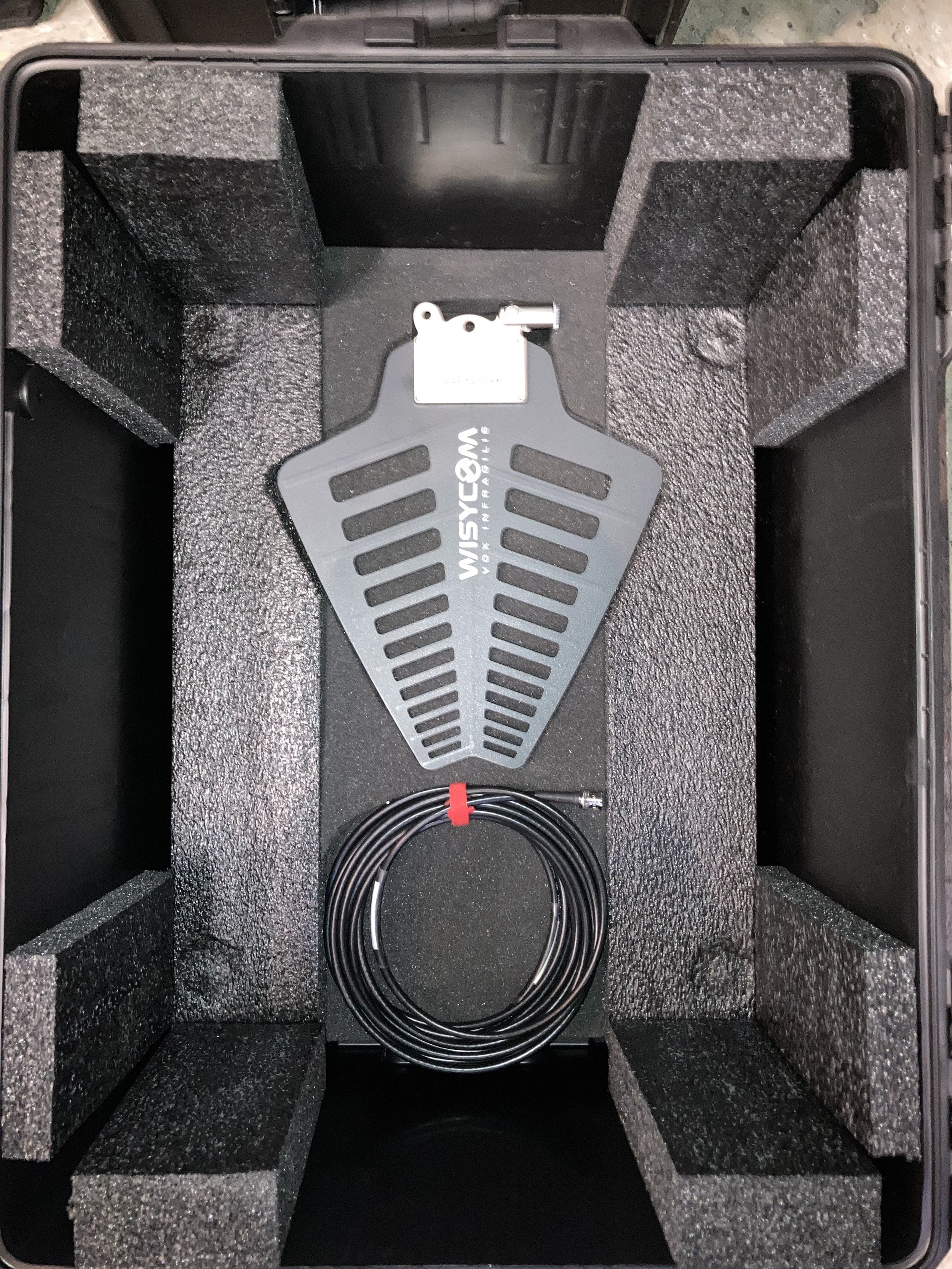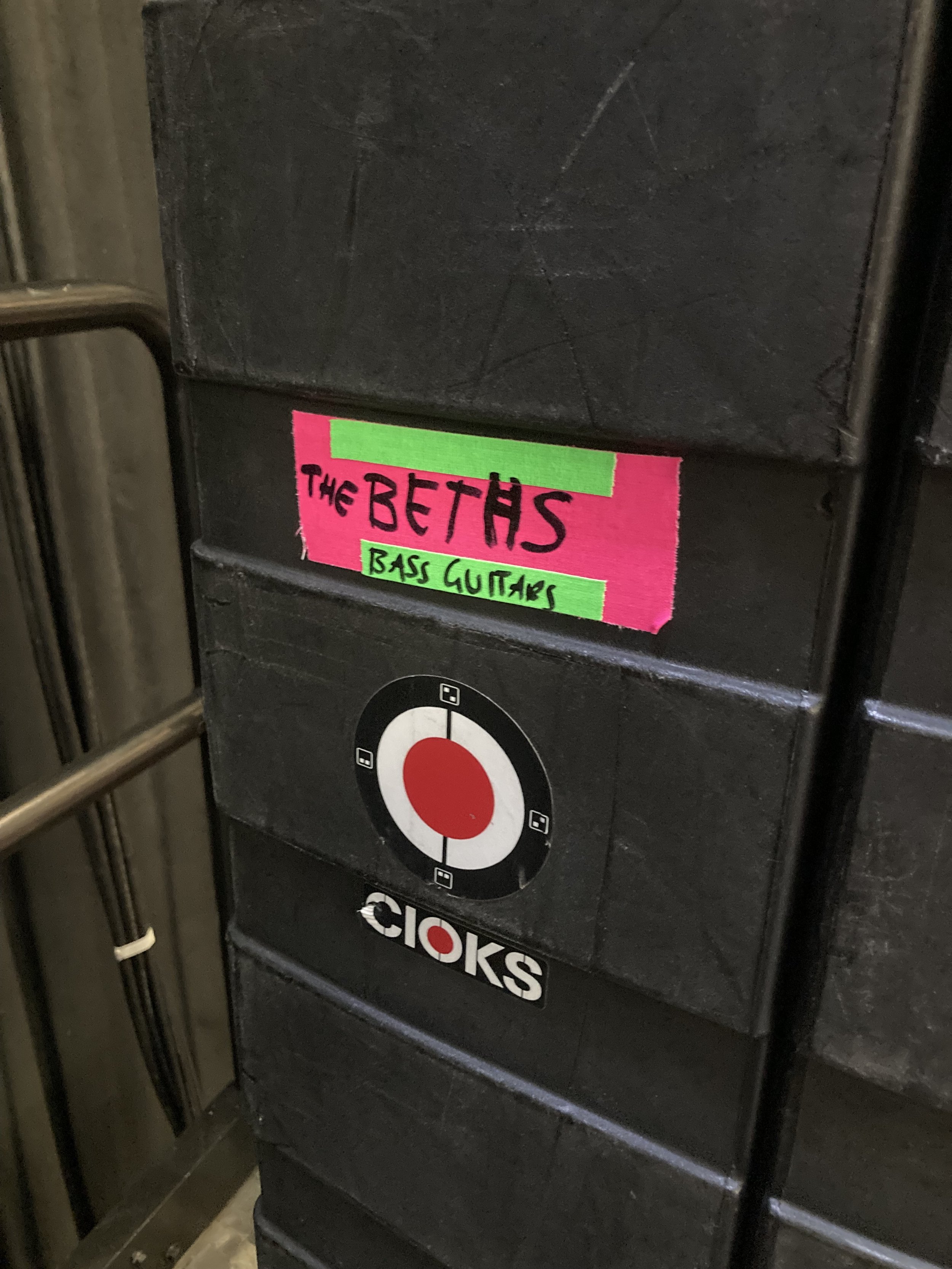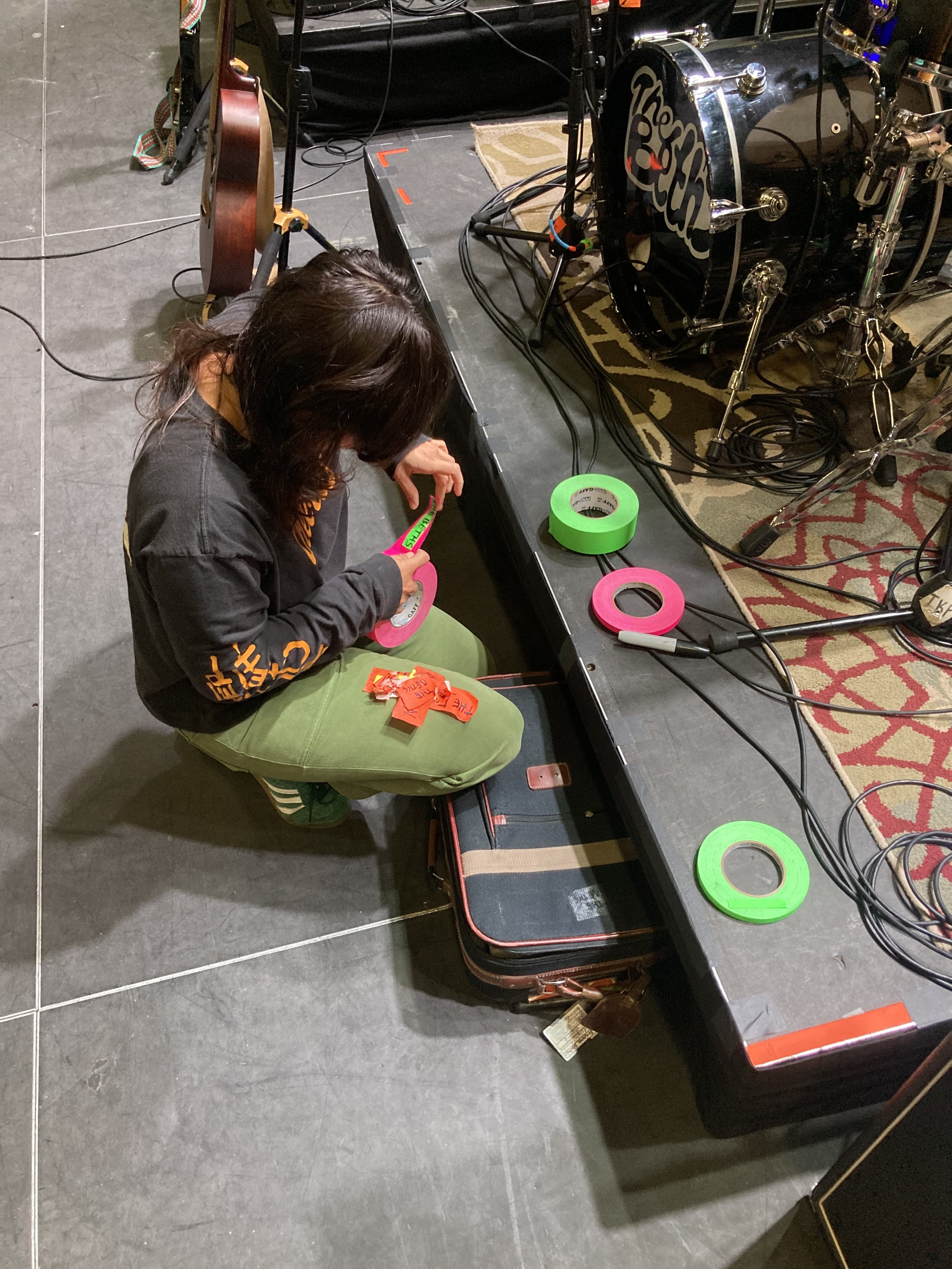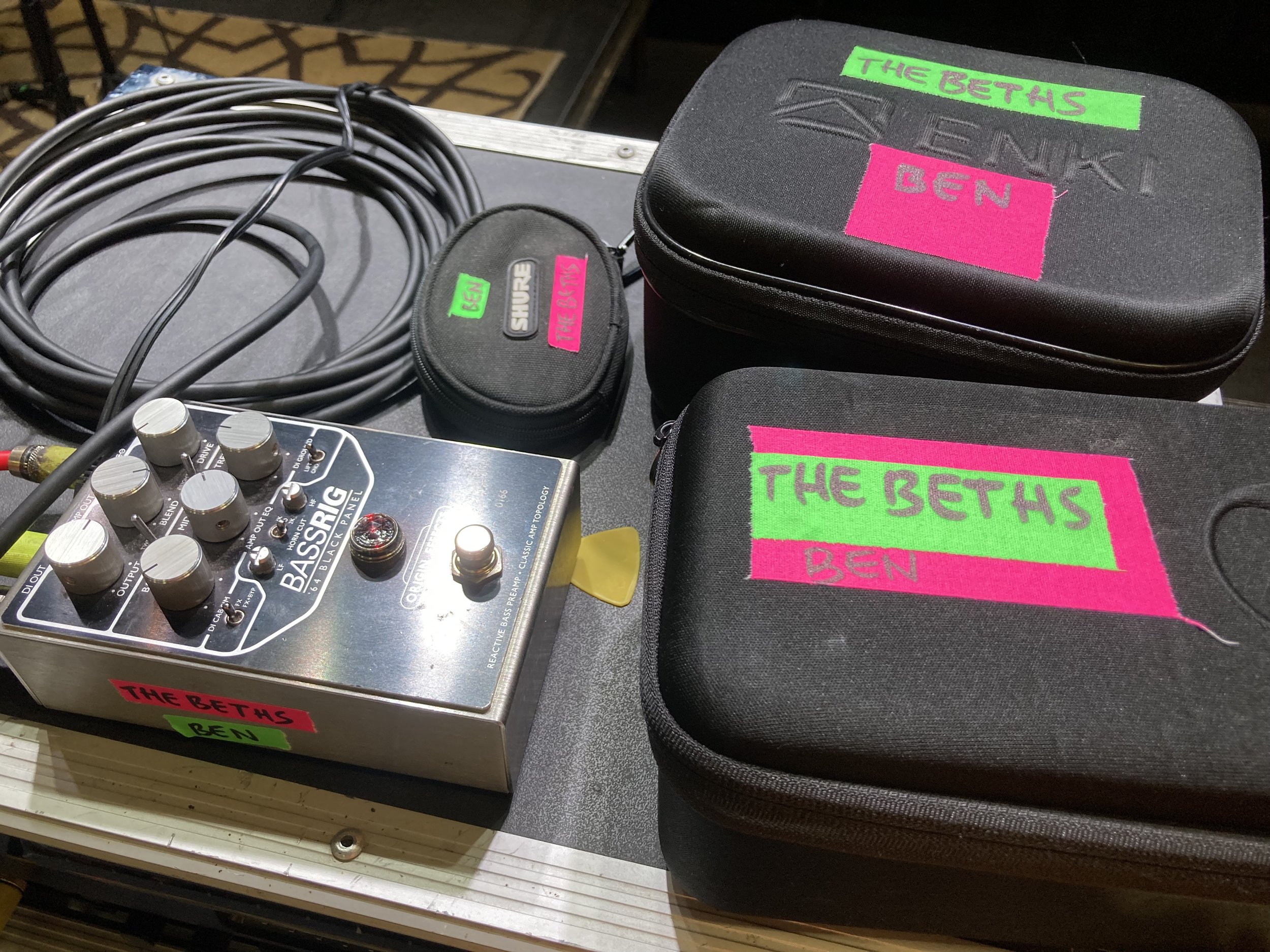Day 4: Spokane, WA
Welcome
Yesterday we played a show at The Knitting Factory in Spokane.
The Spokane River, a tributary of the great Columbia River begins at Lake Coeur d’Alene in northern Idaho and runs west, crossing into Washington State and eventually winding its way through the heart of Downtown Spokane where it puts on a rather spectacular display. There are rapids and waterfalls as the waterway loses elevation and descends over dams, rocks, and through hydroelectric turbines. I explored a trail yesterday morning, a concrete path that took me high up along the river’s northern bank, as fine a place as ever to enjoy the various bridges that span this roiling breadth of chop and spray.
The Sandifur Memorial Bridge was the first span I crossed, a pedestrian bridge that carries the city’s Centennial Trail across the water and a great way to catch a glimpse of what is labelled on Google Maps as Famous Bike.
I gazed upon the Maple Street Bridge and the Monroe Street Bridge, both impressive concrete arch bridges, but I where I found real joy was in the two pedestrian suspensions bridges that connect to the western end of a small piece of land in the middle of the river known as Canada Island. These tiny, suspended spans hang above the upper Spokane Falls, a majestic location for a fine piece of public infrastructure.
The north of the two pedestrian suspension bridges in the foreground and the Post Street and Monroe Street Bridges in the background.
The Howard Street Middle Channel Bridge is another way to reach Canada Island and I’ve included it here for the historical bridge buffs as well as for myself. This steel truss bridge dates back to 1916 and was originally built to carry vehicles, pedestrians, and street cars, though it is now restricted to pedestrian traffic. Enthusiasts will note the rare the pin-connected construction of the trusses, as well as the historic riveted lattice sidewalk railing.
The Howard Street Middle Channel Bridge
An honourable mention goes to the Olmsted Brothers Green Stormwater Inlet Concealment Bridge, a stone arch bridge that appears to exist for the sole purpose of concealing a stormwater drain in a public park on the north bank of the river.
Another honourable mention goes to the Spokane Regional Public Health Building, a striking piece of modern architecture that looks like it should house several large telescopes or hold enormous quantities of grain.
The city of Spokane has a pleasant character steeped in its commercial history. Long freight trains still invade the city’s soundscape at regular intervals but they are no longer stopping to load cargo. The idyllic pedestrian zones of Riverfront Park and the Spokane Pavillion now occupy the space that was the downtown rail yards, and countless brick warehouses that once served this regional transportation hub have been converted to modern uses, offices, restaurants, theatres, and hotels, like the one we were staying in.
Two hard-hauling locomotives of BNSF, the largest freight railroad in the United States. Upwards of 60 of these freight trains pass through downtown every day making this location a hotspot for train spotters. Radio frequencies of interest are 161.250 (AAR 76), 161.100 (66), 161.160 (70).
I found my breakfast at a bakery on the ground floor of one of these warehouses, a little spot called Twenty-seventh Heaven Scratch Bake Shop. It was simple fare, a sesame seed bagel that came toasted and with a pottle of cream cheese for me to apply in whatever way I saw fit.
Midway through the afternoon we assembled in the hotel lobby and work began for the day, loading our equipment into the Wagoneer and setting out for the venue which was only a couple of blocks from our hotel, a pleasant walk in crisp Spring air. It was called the Knitting Factory, and far from what the name would suggest this space is not a converted factory, but a purpose-built venue that is beautifully suited to playing live rock music. Tiers and railings were to be found or spotted at every turn and every glance, the wide floor area and generous mezzanine providing multiple levels of sitting and standing room carefully demarcated by wrought iron banisters, a paradise for leaners.
Our brand-new equipment had a squeaky-clean debut. The hours that Jonathan had spent reading the manual paid off, and the dry run in the storage unit meant that everything came straight out of its cases and worked flawlessly.
At the same time as this was being assembled Liz was moving around the stage wielding four brand new rolls of brightly coloured gaff tape, enjoying one of the rare opportunities she gets to express in her main love language, the love language of clear labelling. Fluorescent pink and green are the new colours, carefully chosen for high observability, good text readability, and style.
This was a college show, put on by the local university for the benefit of the students and it featured three young bands drawn from their ranks, bands that were loudly cheered and celebrated by their peers as they played nervous, excited fifteen-minute sets.
It was not the headline show we were used to, more like playing an opening slot where most of the crowd are hearing your songs for the first time and you have to work a little harder to get the claps and cheers, the complex sounds that fuel our fragile egos. They were a great crowd though, young and happy to be out, dancing furiously and expressing themselves with waving arms and broad grins.
Thanks to everyone for helping me to rank the Wagoneer’s features. Sadly I haven’t had time to compile any of the data so instead I’ve chosen the puddle light as the feature I would most like to take home with me.






